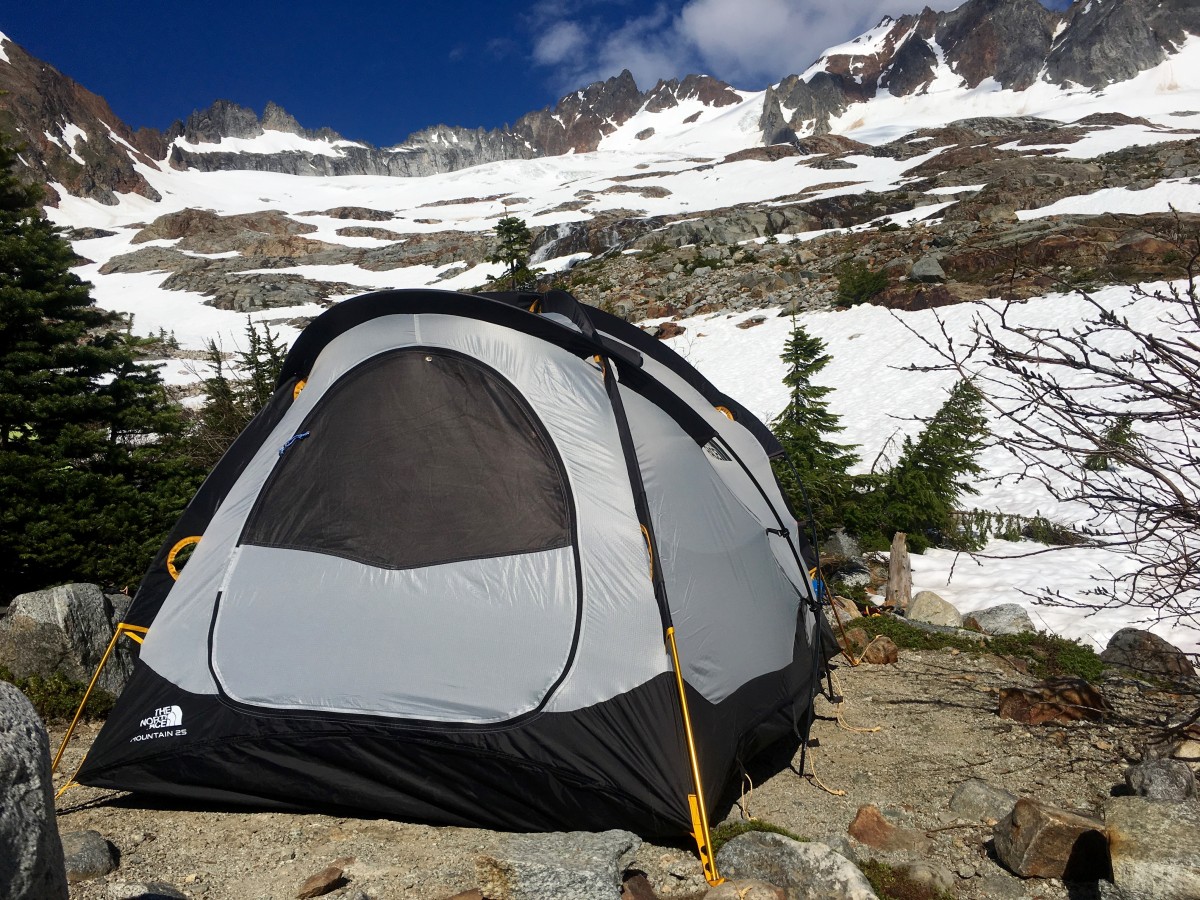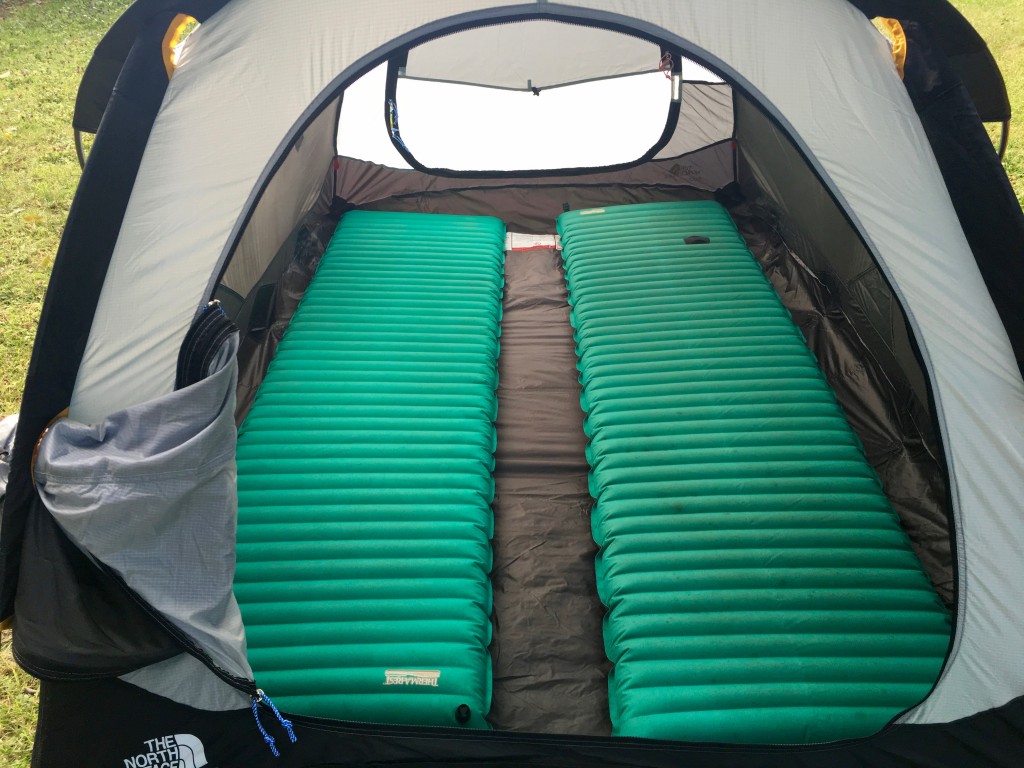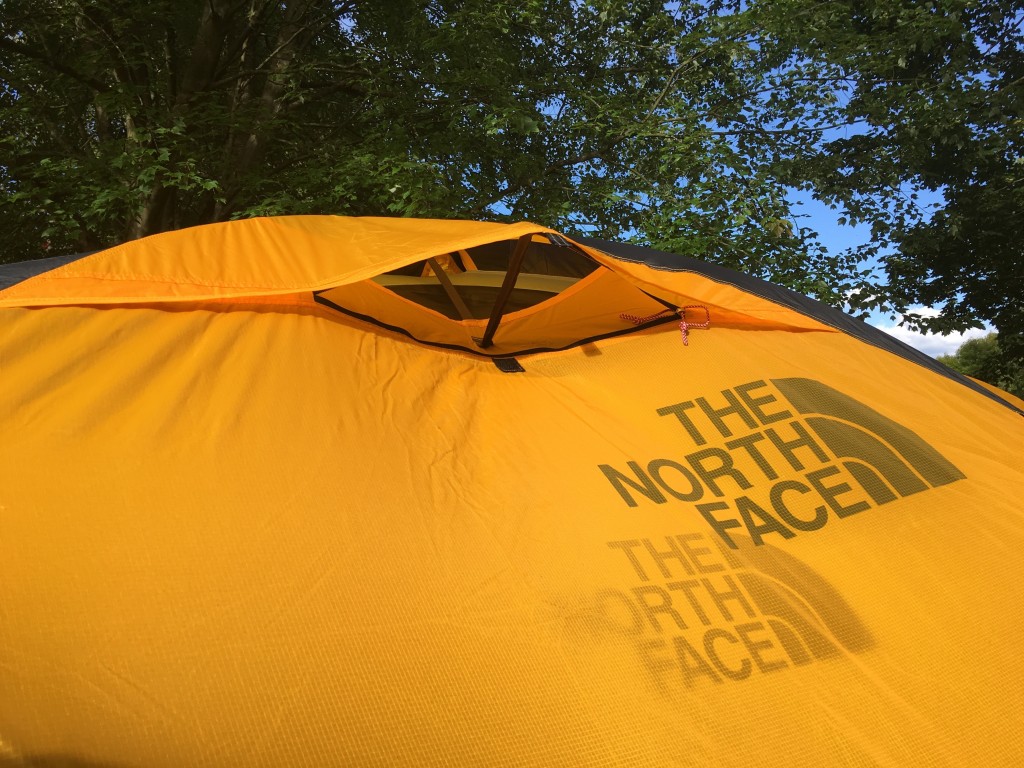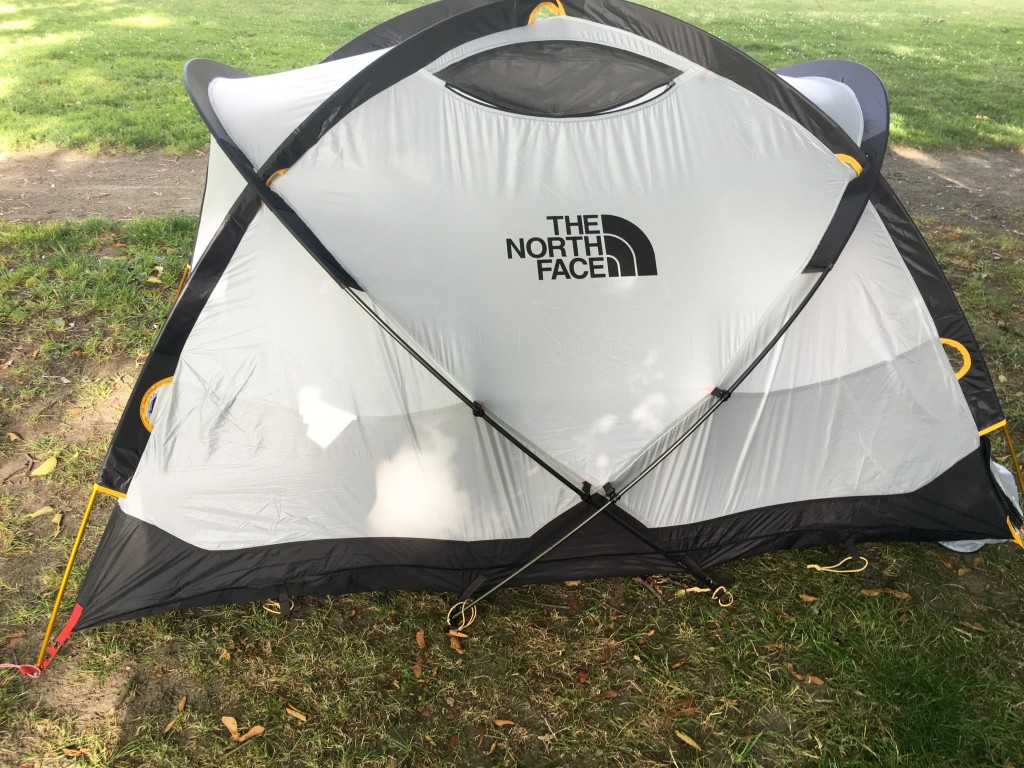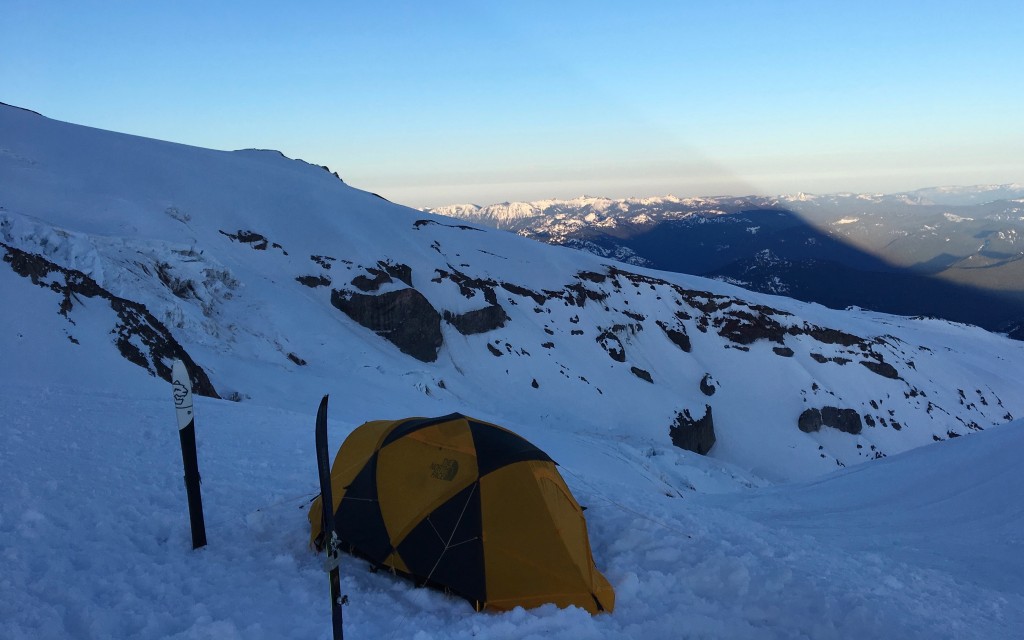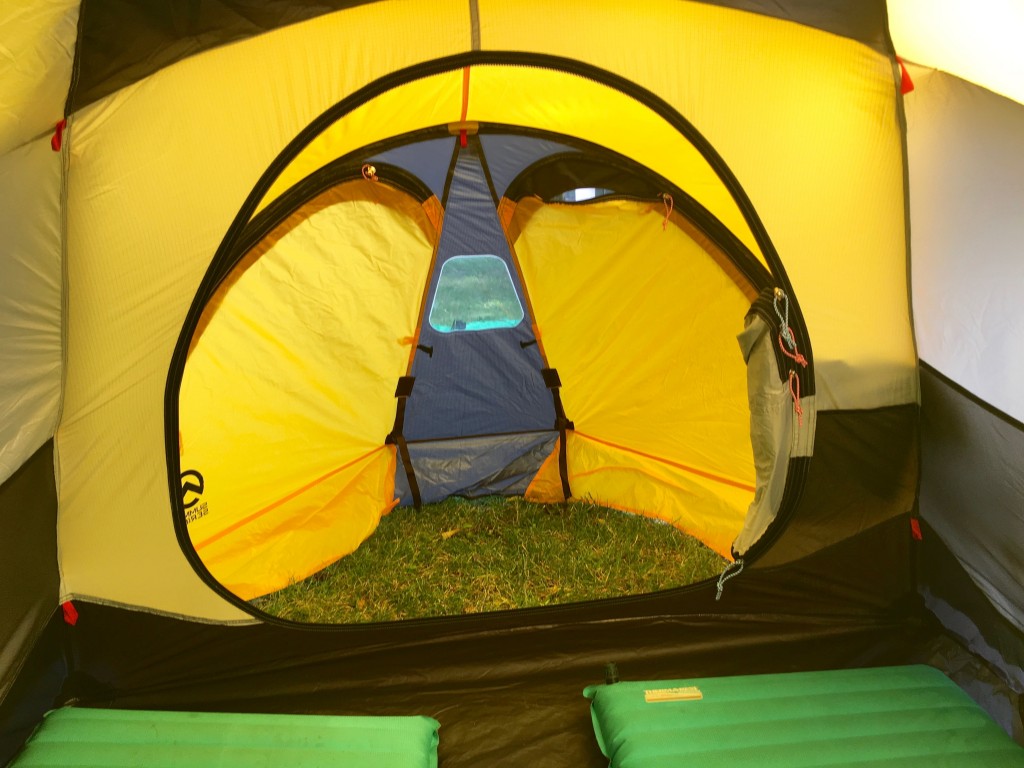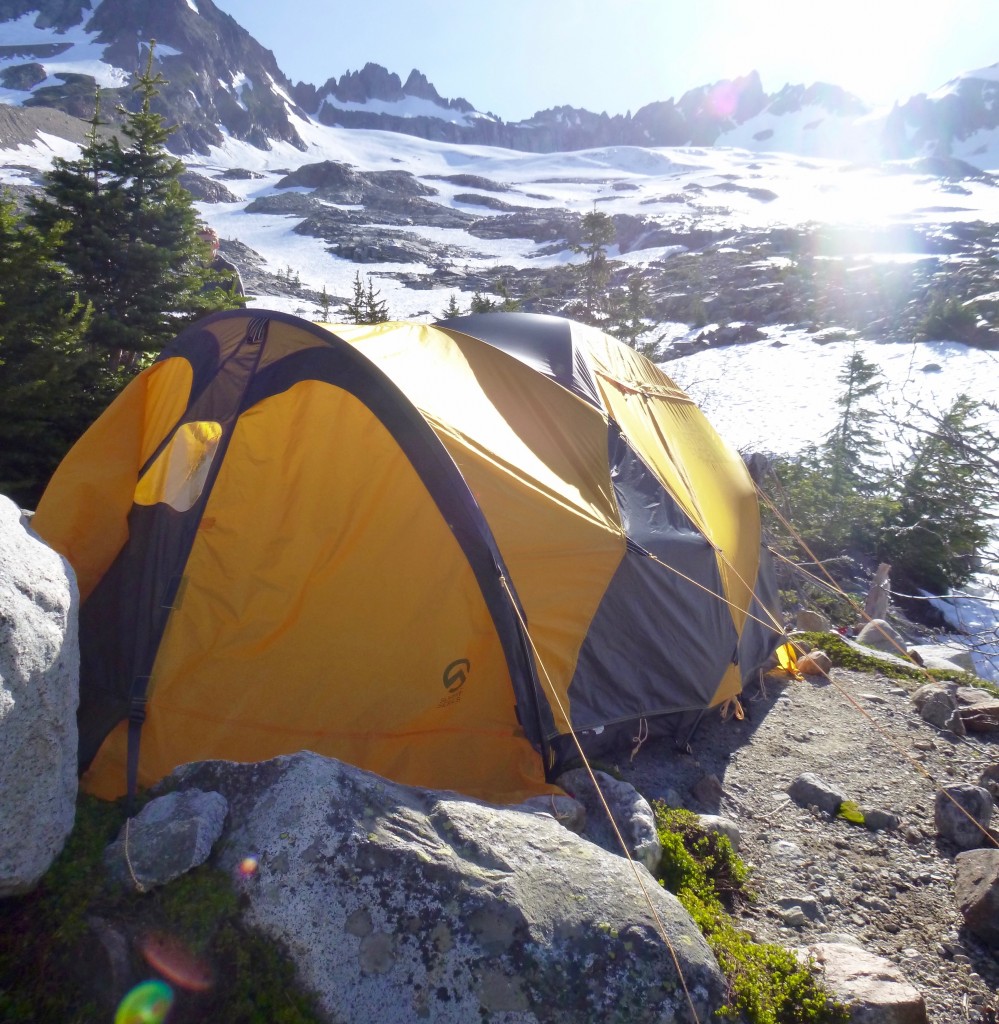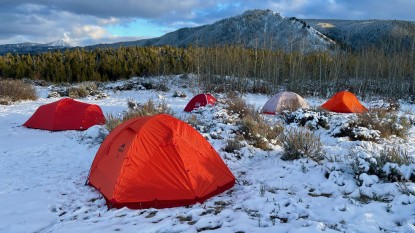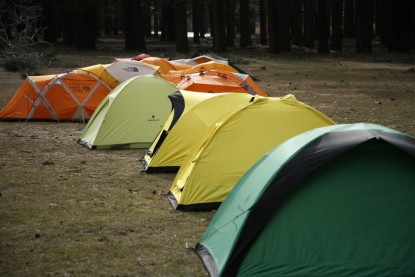The North Face Mountain 25 Review

Our Verdict
Compare to Similar Products
 This Product
The North Face Mountain 25 | |||||
|---|---|---|---|---|---|
| Awards | Best Overall Value | Best Ultralight Mid | Best for a Spacious Basecamp | ||
| Price | $690 List $690.00 at REI | $699.00 at Backcountry Compare at 2 sellers | $860 List $645.68 at Amazon | $720 List | $250 List Check Price at Amazon |
Overall Score  |
|||||
| Star Rating | |||||
| Bottom Line | Not as expensive as some other models, this option is a popular choice to bring on climbing adventures | If you're looking for a simple, waterproof shelter, this one is ultralight and easy to pack | Equally at home on extended expeditions or on summertime mountain adventures, this all-around model is versatile | This spacious tent has a complex design which allows it to be versatile, breathable, waterproof, and strong | While the quality isn't very high, this inexpensive, waterproof double-wall tent has plenty of room inside and is easy to ventilate |
| Rating Categories | The North Face Moun... | Hyperlite Mountain... | MSR Remote 2 | SlingFin CrossBow 2 | Alps Mountaineering... |
| Weather and Storm Resistance (30%) | |||||
| Ease of Use (30%) | |||||
| Weight (20%) | |||||
| Quality of Construction (10%) | |||||
| Versatility (10%) | |||||
| Specs | The North Face Moun... | Hyperlite Mountain... | MSR Remote 2 | SlingFin CrossBow 2 | Alps Mountaineering... |
| Minimum Weight (only tent, fly, poles) | 7.87 lbs | 1.20 lbs (fly only, Ultamid Insert would add 1.4 more lbs) | 6.97 lbs | 3.98 lbs | 7.94 lbs |
| Floor Dimensions | 86 x 54 in | 83 x 107 in | 87 x 55 in | 92 x 50 in | 92 x 62 in |
| Peak Height | 41 in | 64 in | 43 in | 41.5 in | 46 in |
| Measured weight (tent, stakes, guylines, pole bag, stuff sacks) | 8.50 lbs | 1.49 lbs (without insert/tent body, stakes, or pole) | 7.13 lbs | 5.23 lbs | 7.91 lbs |
| Type | Double wall | Single wall | Double wall | Double wall | Double wall |
| Packed Size | 7 x 24 in | 8.5 x 6 x 5.5 in | 7 x 20 in | 14 x 6 in | 6.5 x 21 in |
| Floor Area | 32.0 sq ft | 63 sq ft | 33.0 sq ft | 31.9 sq ft | 34.5 sq ft |
| Vestibule Area | 11.0 sq ft | N/A | 22.0 sq ft | 11.0 sq ft | 13.0 sq ft |
| Number of Doors | 2 | 1 | 2 | 2 | 2 |
| Number of Poles | 4 | 0 (use own trekking poles strapped together or tent pole sold separately) | 2 (single spider takes place of two cross poles) | 3 | 2 (one continuous w/hubs plus a pole for the fly) |
| Pole Diameter | 9.5 - 13 mm | N/A | 9.3 mm | 10.65 mm | 8.5 mm |
| Number of Pockets | Side: 6, ceiling: 2 | 0 | Side: 2, ceiling: 0 | 8 internal pockets | Sides: 12, ceiling 0 |
| Pole Material | DAC Featherlite NSL | N/A | Easton Syclone | DAC PL | 7000 series aluminum |
| Rainfly Fabric | 40D PU coated polyester | Dyneema composite (DCF 8) | 68D ripstop polyester 1800mm polyurethane & DWR | 20D nylon ripstop SIL 1500mm | 75D 185T polyester fly w/1500mm coating |
| Floor Fabric | 70D PU coated nylon | None | 40D ripstop nylon, 10,000mm Durashield polyurethane, DWR | 20D nylon ripstop SIL/PE 1800mm | 75D 185T poly taffeta floor with 5000mm coating |
Our Analysis and Test Results
The North Face Mountain 25 is a top-notch expedition and winter camping tent that is one of the more robust models in our review. It's best for applications where stormworthiness, versatility, and ample livable space are appreciated, and its heavier-than-average weight is less of a big deal. The Mountain 25 is also quite spacious and livable, and it's not as expensive as some other expedition tents.
Performance Comparison
Weather and Storm Resistance
This is where the Mountain 25 excels; it is an extreme conditions tent that has been proven to offer high performance in absolutely atrocious conditions. It excels in all types of mountain weather, as it features a strong pole design, a nice tight pitch, and several solid guylinet points that make it one of the best-constructed tents in our review.
Compared to many tents, the inner fabric of the Mountain 25 handles moisture and condensation better than most. It also has snow flaps on the vestibule, which create a tight seal and keep new snow out. This not only makes the tent more secure but also minimizes the amount of spindrift that would enter during a snowstorm.
Ease of Use
The Mountain 25 inner tent pitches using a combination of pole sleeves and a few clips on the lower sections of two of the poles. This sleeve design is ultra bomber once the entire tent is set up, but it does require more caution when setting up in high winds so that you don't bend or break the poles in the process. The problem with pole sleeves on a dome tent is that they can turn the inner tent into a sail in strong winds while erecting it. If it is very windy, you'll have to hold onto the poles securely to support them, making sure they don't bend or break.
The poles of the Mountain 25 fit securely into grommets, while the fly attaches via the same grommets underneath the main body. We think attaching the fly to the body in this manner is incredibly easy and secure. This tent has 16 much nicer-than-average DAC aluminum stakes and four snow parachutes — something our testing team found to be an excellent extra touch. Offering 32 square feet of floor space, it feels super cushy inside and is a great option for expedition-style climbing and base camping use.
This is one of the more comfortable and livable two-person, 4-season tents we tested. It should be near the top of your list if you are looking for a basecamp-style tent for Alaska, Patagonia, or the Himalayas. Our testers loved all the mesh pockets and spacious (eight square foot) hooped front vestibule; the vestibule easily fit two packs and still had enough room to get in and out of the tent while shedding wet layers before entering the central part of the tent. We cooked over two dozen nights in the vestibule, and we made extensive use of the snow flaps. They helped create a nice, secure place that also helped anchor the entire tent. The smaller three square-foot vestibule was big enough to store boots or one to two mostly empty packs, but only if you leaned them against the main wall of the inner tent.
Weight
This tent tips the scales at eight and a half pounds. While a bit heavy, for a tent that can be used on expeditions, that is a reasonable weight.
For folks not looking for as much of an expedition-focused tent, it is easy to get something that is just as versatile and maybe only a little bit smaller but several pounds lighter.
Quality of Construction
Overall, this is a pretty bomber tent and is one of the burlier options in our review. The latest version uses a different fly than the older one. While technically thinner, it should hold up better over time in several ways. The new fly features 40D nylon and 1500mm PU/silicone coating, which offers superior longevity and will hold its water resistance longer than the previous polyester fly. The previous fly was considerably more prone to hydrolysis (chemical breakup) than silnylon fabrics (now featured on the current version), which might last twice as long in wet conditions.
The Mountain 25 uses high-quality DAC poles, which are an industry standard. Our testers found the newest model to be above average for construction quality, and we even felt like it was better than the previous model.
Versatility
The design of the Mountain 25 allows it to excel in a wide range of conditions and seasons. It is strong enough for the snow loads and high winds encountered on expeditions while also not too heavy or expensive for other 3-season trips.
This is also a great choice for most low-elevation camping endeavors because of its above-average ability to handle moisture and condensation.
Should You Buy The North Face Mountain 25?
The Mountain 25 is a sweet expedition and winter camping tent. It is light enough that it's serviceable for other applications like general mountaineering in the Lower 48. If you're not planning on using it for expeditions beyond the scope of general mountaineering, we'd recommend something a little lighter and more packable.
What Other 4-Season Tents Should You Consider?
If you need a double-wall expedition tent and want to shave some weight, the Hilleberg Jannu is a classic of a reason — though it will cost you more. The Mountain Hardwear Trango 2 has also earned its place in the guiding world for a reason, and several of our testers have been using the same tent for more than a decade. If you're ready to really go lightweight and venture into single-wall options, the Samaya2.0 is the best we've seen, and the Hyperlite Mountain Gear Ultamid 2 is an ultralight dream.

